This guide will start you off with the basic steps to building genuine athletic strength. Whereas the average gym goer today is focused on appearance, your goal is one of ability and so requires a tailored approach.
The Rules of Strength Building
- Intensity is key
- Aim for slow, regular progress
- Quality over quantity at all times
When it comes to strength training it's important to pay attention to your repetition range for exercises. The table below is a guide on the effect that your rep range has on the body.
| Reps range |
Effect on body |
| 0-3 |
Maximum and relative strength |
| 3-5 |
Maximum strength & low end muscle growth |
| 5-8 |
Best combination of max strength development and muscle growth. |
| 6-10 |
Good strength training range but better muscle growth. |
| 10-15 |
Excellent muscle growth, average strength development with fatigue. |
| 15-20 |
Some muscle growth, focused endurance with significant fatigue. |
Four Simple Steps to Building Strength
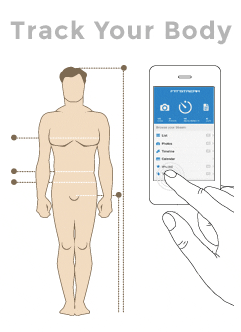 Fitstream AppTrack your fitness progress and see the difference for yourself with our free app
Fitstream AppTrack your fitness progress and see the difference for yourself with our free app
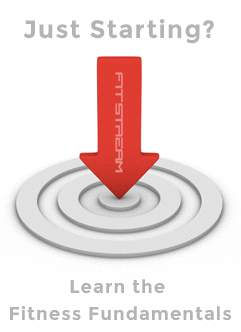




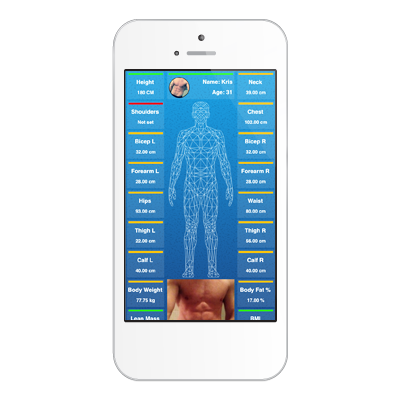
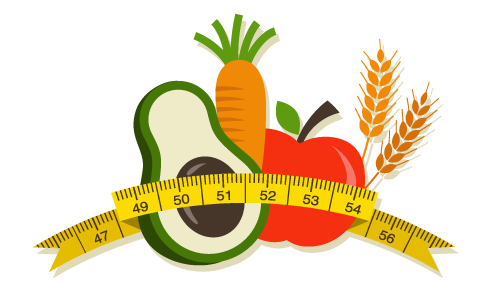
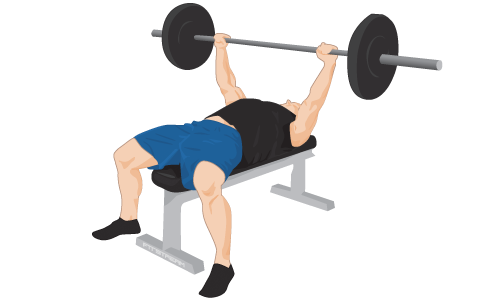
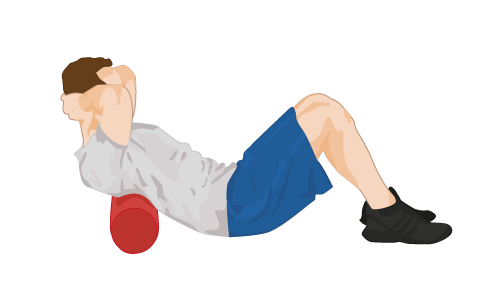
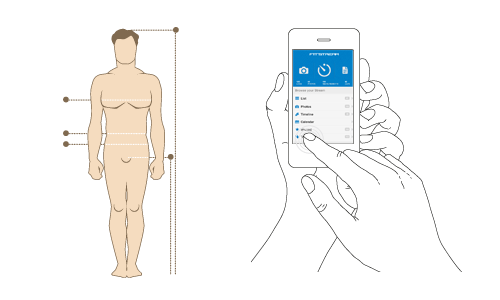


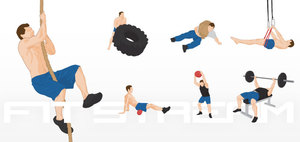
 Pull-up
Pull-up  Ring Dips
Ring Dips  Planche
Planche  Handstand Push-up
Handstand Push-up  Single Leg Squat (Pistol)
Single Leg Squat (Pistol) 



Hello everyone! So I’m kind of testing to see if this still posts/ how active this app is. I really like it but I can’t even find it on the App Store anymore. So I guess my question is how many of y’all still use this app and how often?